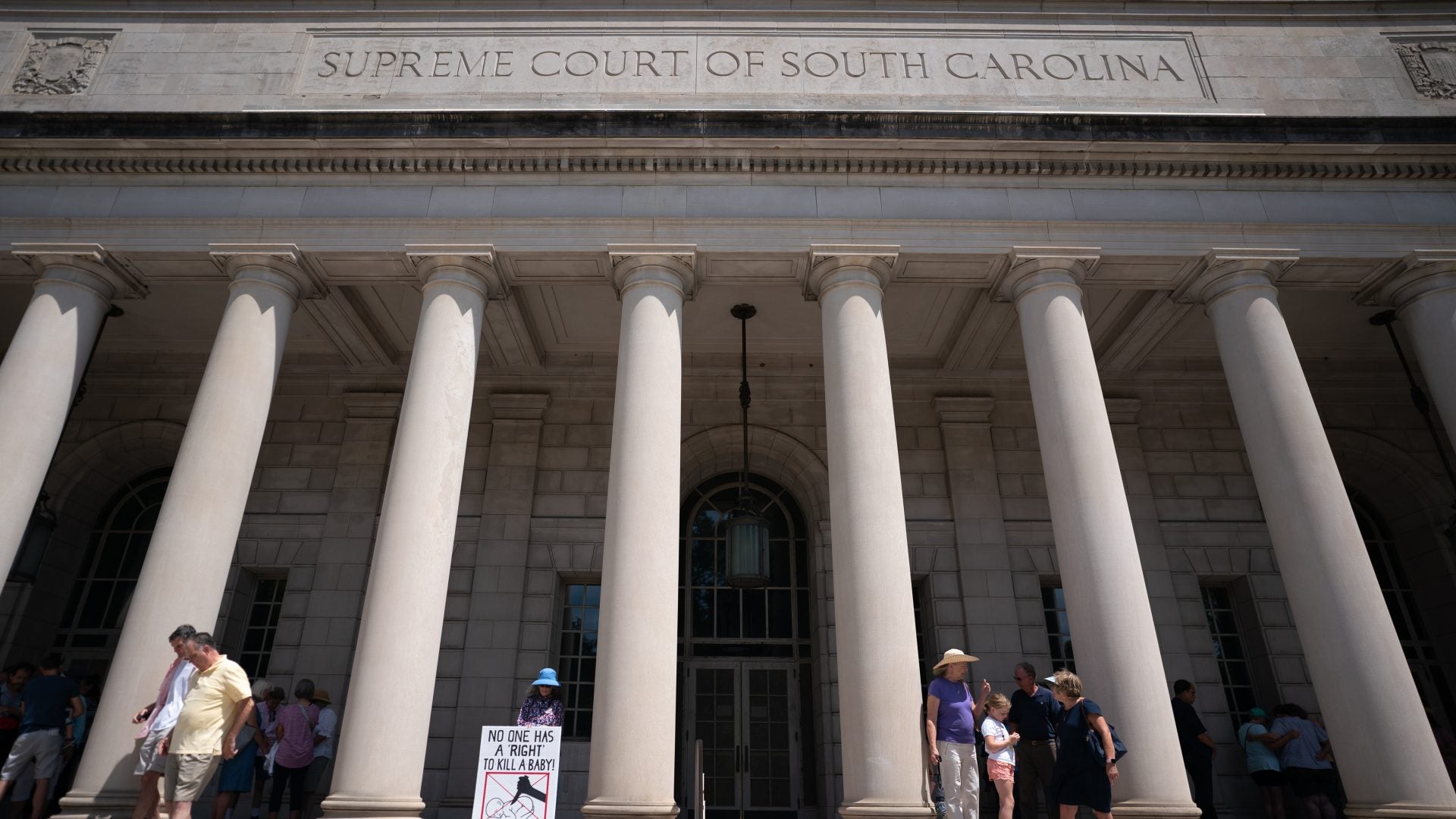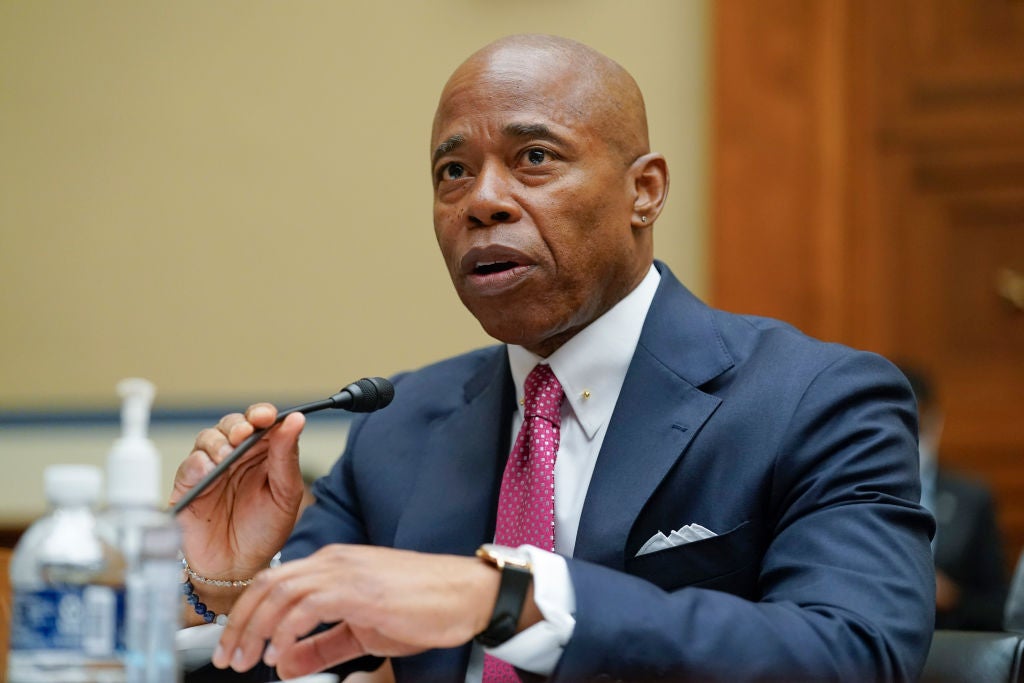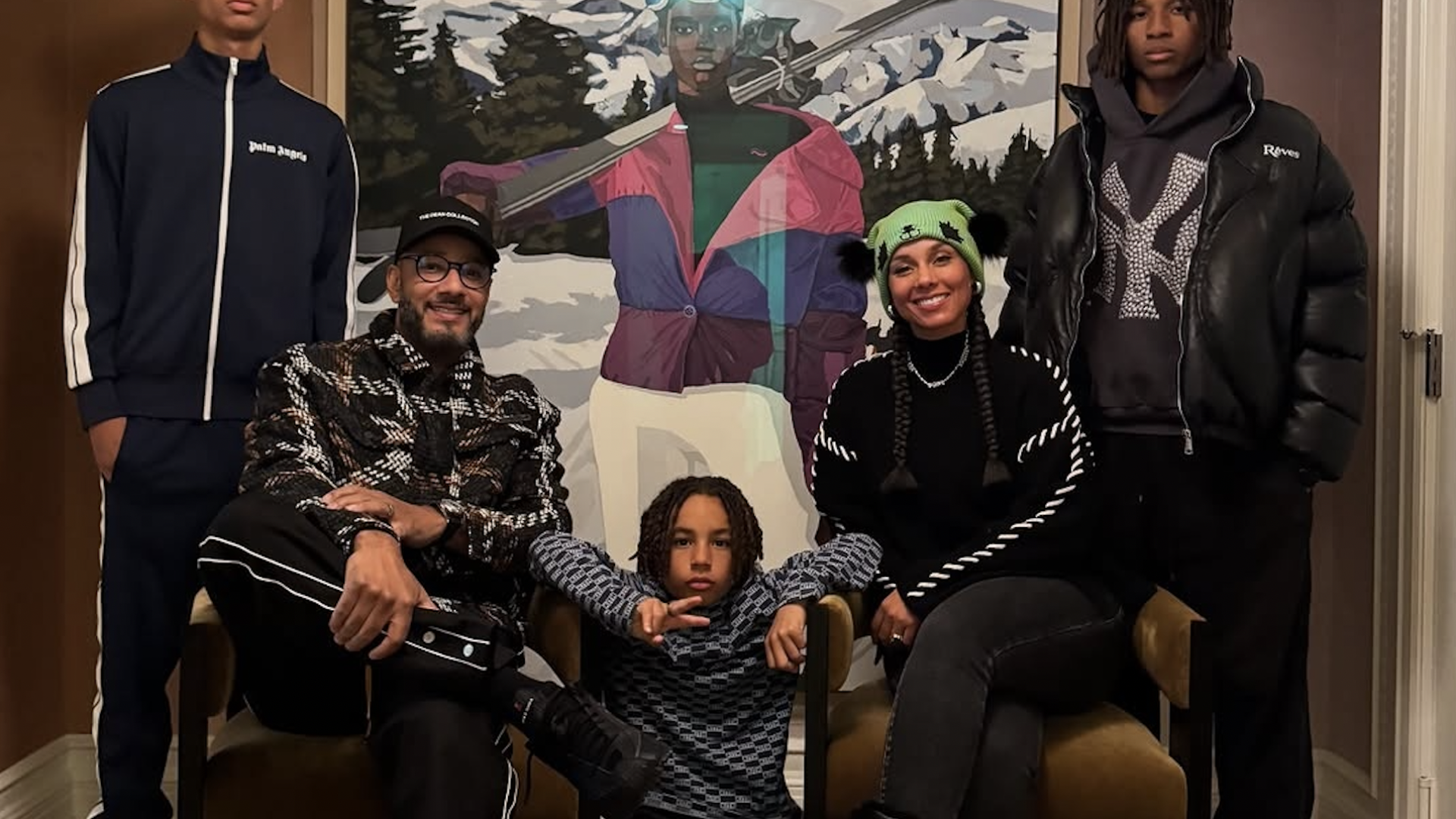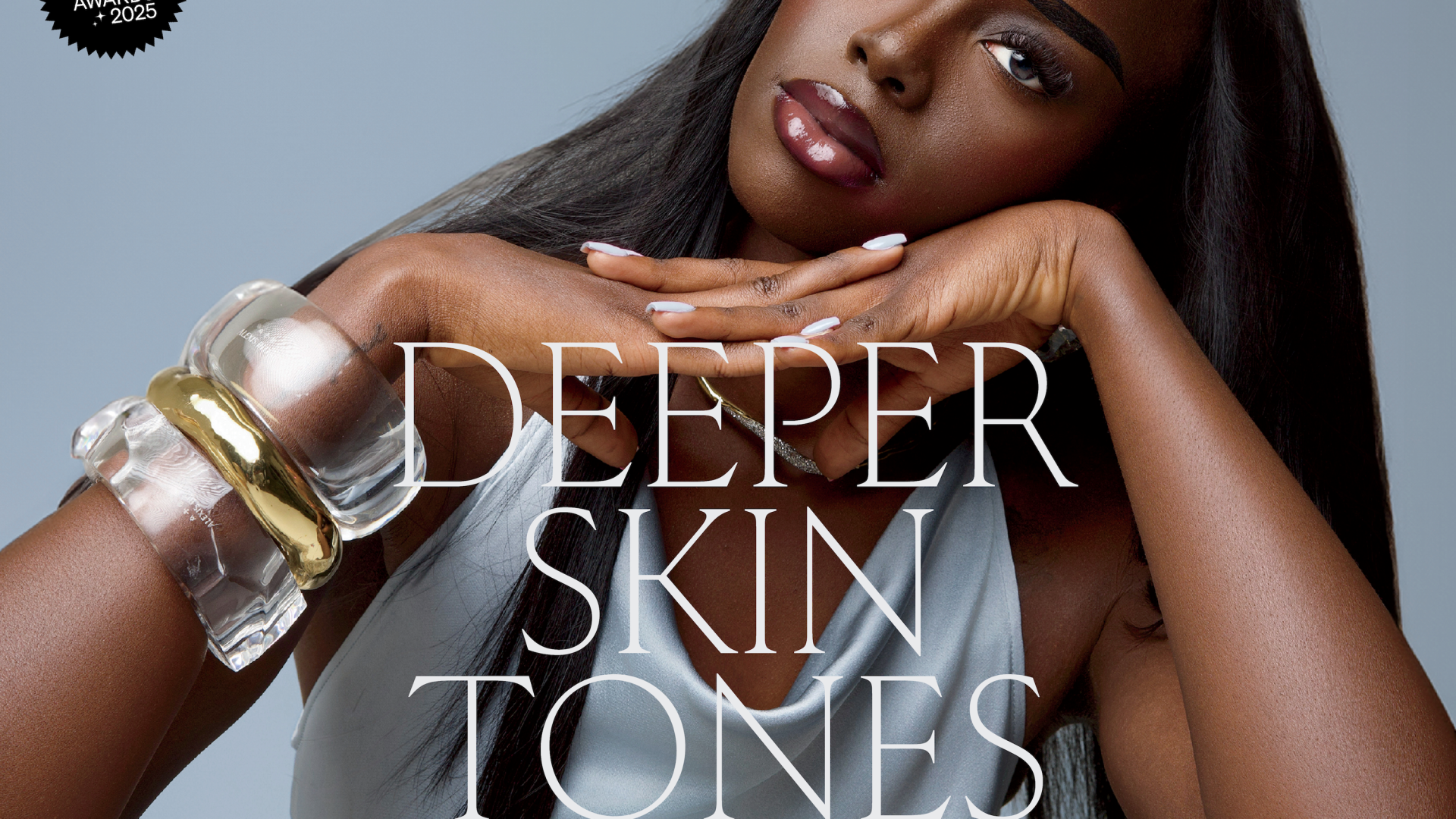
For the first time in almost two decades, the Supreme Court in the state of South Carolina will be entirely white. This all-white court will be making decisions in a state where Black and Hispanic people account for a third of the population.
Chief Justice Don Beatty is currently the only Black judge on the high court, and the Associated Press reports that “he has to leave because he has reached the mandatory retirement age of 72.”
There was one Black candidate running for the vacant seat, but Circuit Judge Jocelyn Newman withdrew her candidacy last week. Now, only two candidates are remaining, and if Judge Blake Hewitt wins out over Judge Letitia Verdin, the court will “be both all-male and all-white.”
The lack of representation among the state’s judges has long been a point of contention, with the court already facing “scrutiny as the nation’s only all-male court.” Last year, in a 4-1 decision, the justices issued a ruling upholding a strict 6-week abortion ban. “That decision came after the woman who wrote the majority opinion in a 3-2 ruling had to retire because of her age, and lawmakers made minor tweaks in the law, enabling another high-court review.”
In an interview with South Carolina ETV after leaving the court, associate justice Kaye Hearn said, “Sometimes it’s nice to look up on that bench and see someone that looks like you.”
Five years ago, Black lawmakers even staged a walkout during the judicial elections because the state legislature, which “selects South Carolina’s judges…has so rarely chosen jurists of color.”
Democratic state representative Gilda Cobb-Hunter says, “It’s shameful. Whether people like it or not, we have a diverse state. The people who appear before the bench are diverse. The judges they appear before should be diverse.”
According to a Brennan Center for Justice report on State Supreme Court Diversity, which was last updated in May 2023, there are 18 states without any justices of color, “including in 12 states where people of color make up at least 20 percent of the population.”
Key findings from the report also included the following facts: “There are no Black justices in 24 states. There are no Latino justices in 40 states and DC. There are no Asian American justices in 42 states. There are no Native American justices in 47 states and DC.” In addition, “[a]cross high courts in all 50 states and Washington, DC, just 20 percent of state supreme court seats are held by people of color. By contrast, people of color make up over 40 percent of the U.S. population.”
However, given that people are more likely to interact with the judicial system than the other two branches of government, diversity on the bench is essential. As the Brennan Center for Justice’s director of director of Judiciary Program, Alicia Bannon, states, “Research suggests that diversity can enhance public confidence in the courts, and it can lead to greater trust if people look at the courts and see judges that look like them.”
“Today’s dissent is tomorrow’s majority. It’s important to have her perspective laying out legal frameworks that may be taken up by courts in the future,” continued Bannon.





